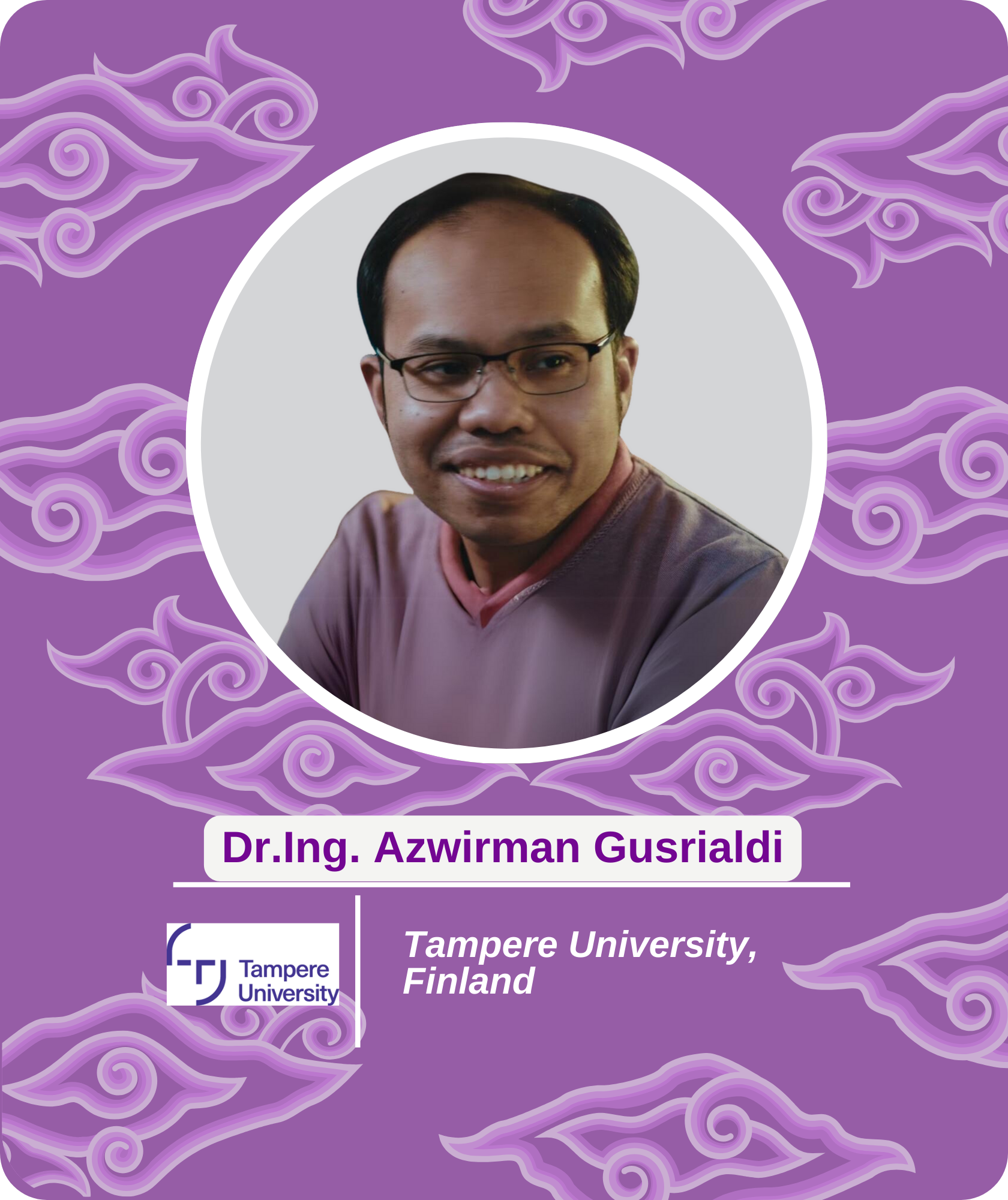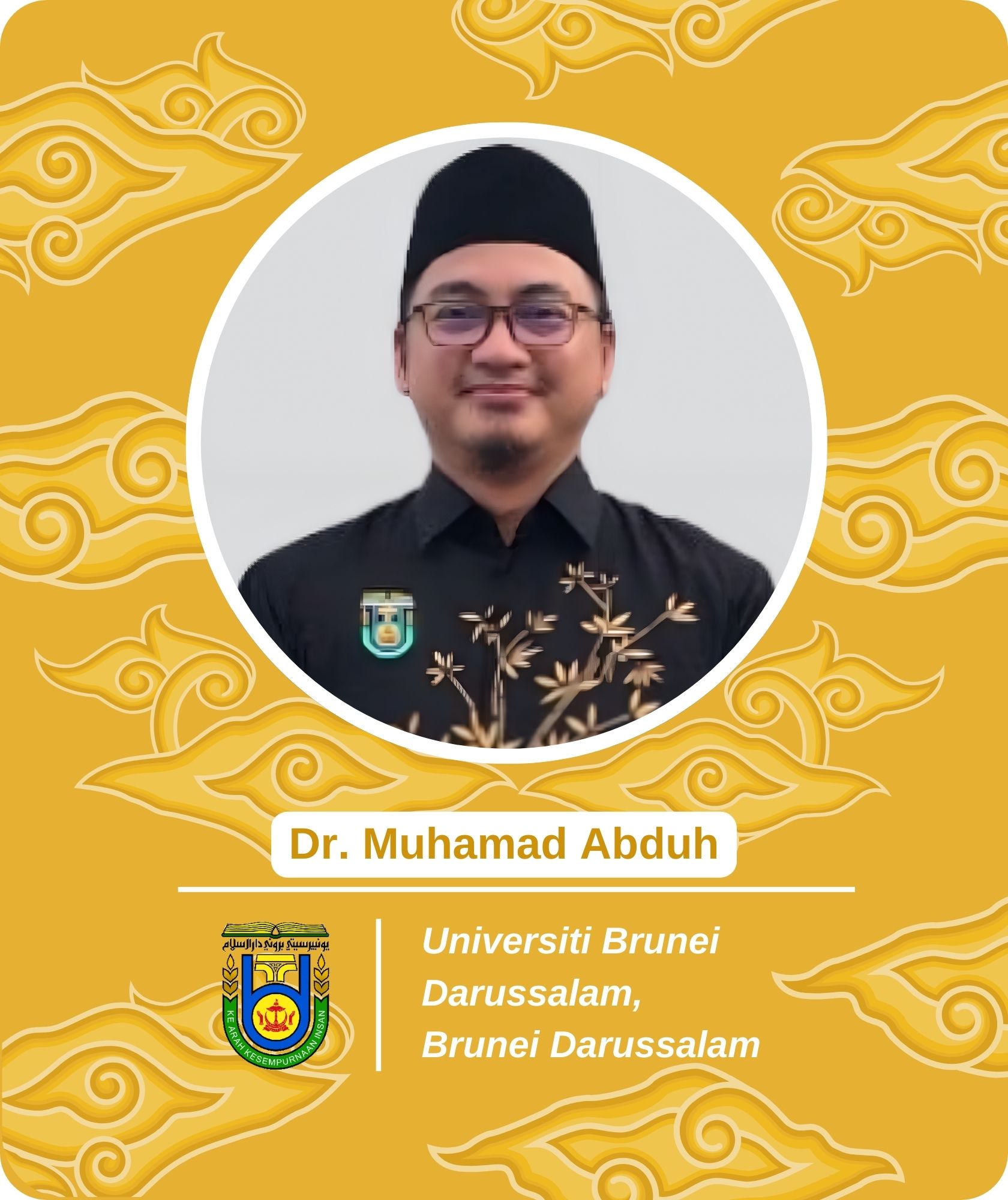Genetic mixing between distribution areas of Birgus latro based on maternal lineage molecular markers
Keywords:
Birgus latro, genetic mixing, CO1 geneAbstract
The distribution of Birgus latro, commonly known as the coconut crab, is influenced by its planktonic larvae, which migrate along ocean currents. The larvae’s planktonic phase, lasting up to two weeks, facilitates genetic exchange among B. latro subpopulations, particularly between geographically proximate islands. This study investigates the genetic mixing across B. latro distribution ranges in the Pacific and Indonesia. DNA was extracted from hemolymph voucher specimens collected between 2015 and 2017. A total of 23 samples from three subpopulations—Derawan Island (n = 8), Morotai Island (n = 10), and Yoi Gebe Island (n = 5)—were analyzed. The mitochondrial CO1 gene region was amplified via PCR and sequenced. These sequences were then aligned with publicly available samples from various Pacific locations. NJ grouping using the K2P substitution model shows the presence of 3 main clades whose members are mixed between their original localities. There is no specific haplotype that correlates with a specific location. This strengthens the previous hypothesis that the longer age of pelagic larvae will cause genetic mixing between subpopulations.




















